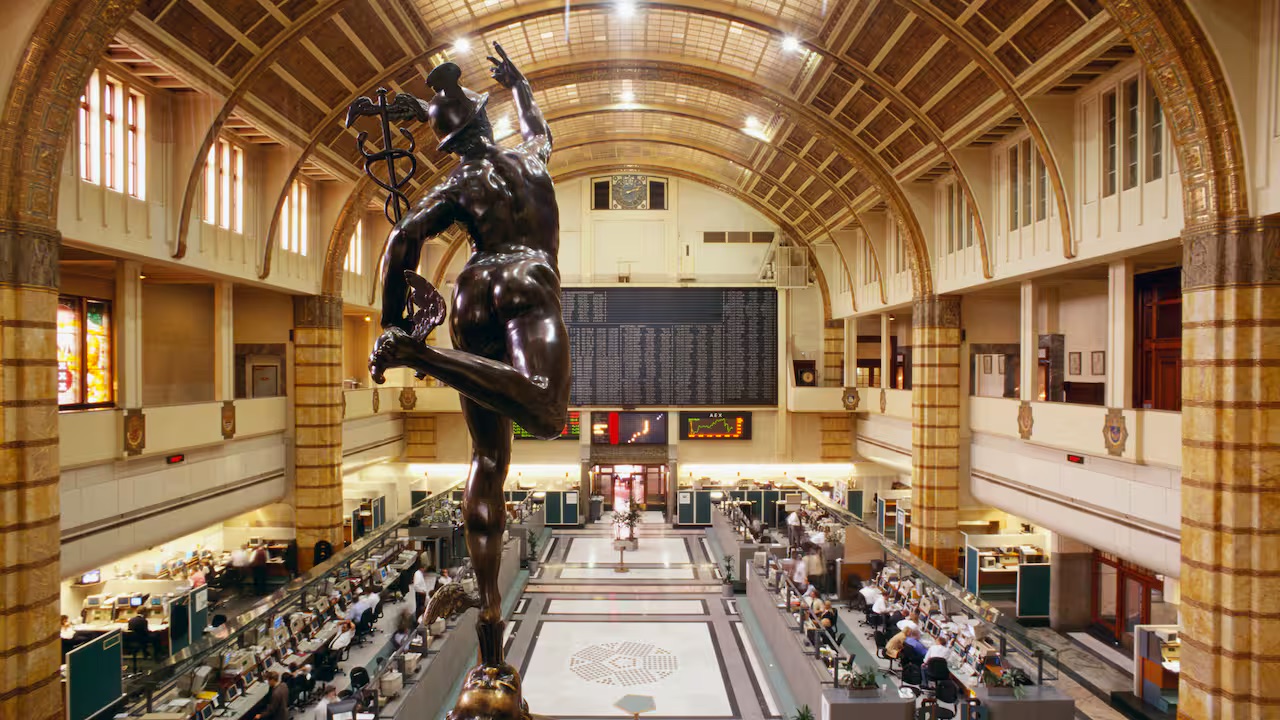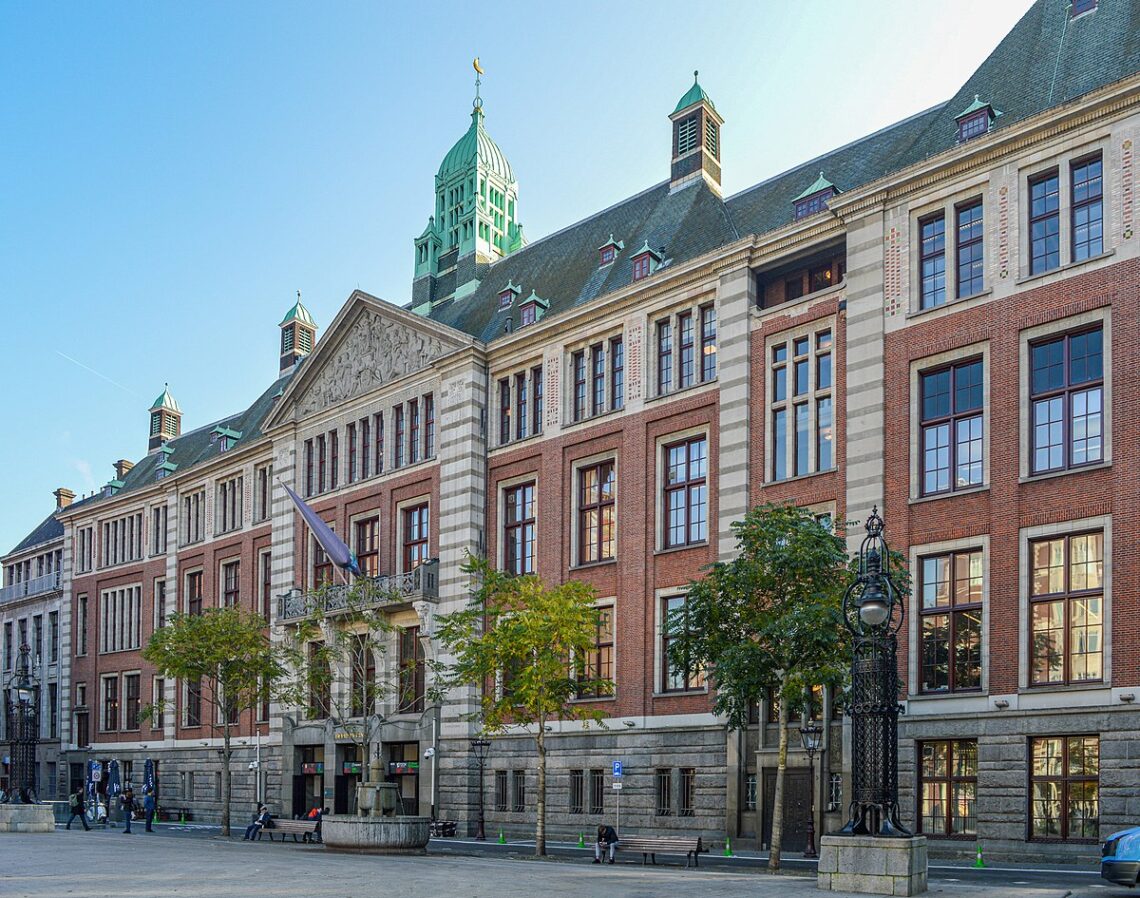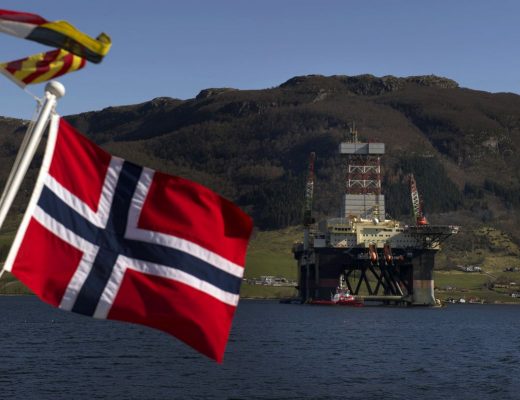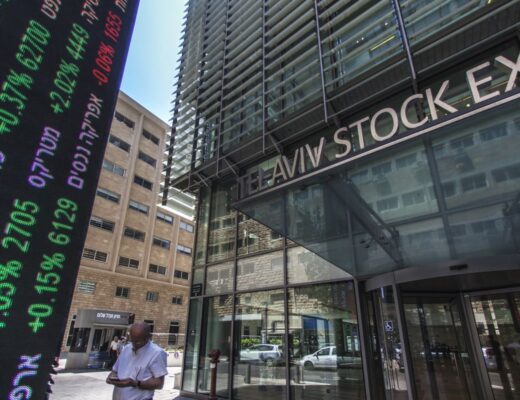Amsterdam Stock Exchange: history and structure of the institution
Founded in 1602, the Amsterdam Stock Exchange is the oldest trading platform in the world. The founding of the AEX coincided with the founding of the Dutch East India Company (VOC).
Prerequisites for the founding
At the beginning of the 17th century, trade was flourishing in Europe. There was a growing need for better organisation of activities. In addition, financiers were looking for ways to increase profitability. VOC was particularly interested in improving profitability. In those days, it was a spice exporter and a slave trader. It was a joint stock company, where investors financed its operations in exchange for shares. Clear rules were needed to conduct business in this way. It was, therefore, necessary to create a special organisation where shares could be bought and sold.
Even before the creation of the AEX stock exchange, there were various stock exchanges in many cities. Their activities more or less resembled a marketplace. However, the Amsterdam Stock Exchange became the first official institution of its kind.
Modern activities
Throughout its long history, the stock exchange has undergone many changes. The changes over the past 30 years have been as follows:
1. In 1997, the organisation merged with the European Options Exchange. The main index and the site became known as AEX.
2. Mergers with the Brussels and Paris stock exchanges followed. This created Euronext in 2000.
3. For some time, the Amsterdam exchange was part of the NYSE Euronext structure, which managed platforms in New York, London, and other cities.
4. In 2014, Euronext became an independent company. Its platform is the largest in Europe.
Regarding market capitalisation, Euronext ranks sixth among the world’s stock exchanges. The Amsterdam platform’s valuation is around US$5.4 trillion. It trades the shares of around 150 companies, 75% of which are local.
Stock Exchange indices
The movement of securities on Euronext Amsterdam is reflected in three types of indices:
– AEX includes securities of the largest companies (so-called blue chips);
– AMX is designed to track the dynamics of mid-cap companies;
– AScX – shares of small capitalisation companies.
The main index is the AEX, launched in 1983. It includes over 20 Dutch companies, such as Unilever, Royal Dutch Shell and Philips. It also has links to the main Euronext indices.
There is a quarterly review of the stocks included in the AEX. The March review is complete, while the others are interim reviews. Up to 2008, such reviews had taken place annually.










